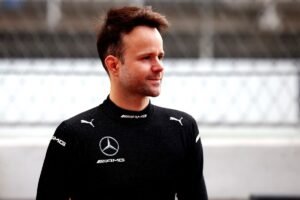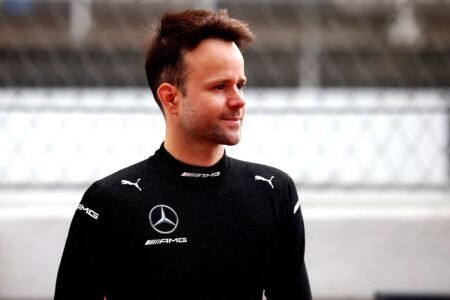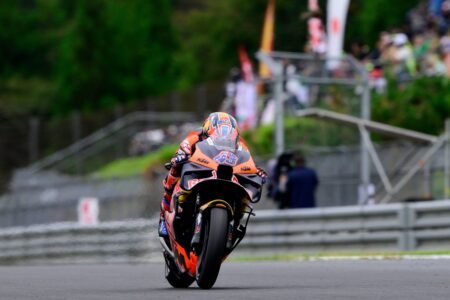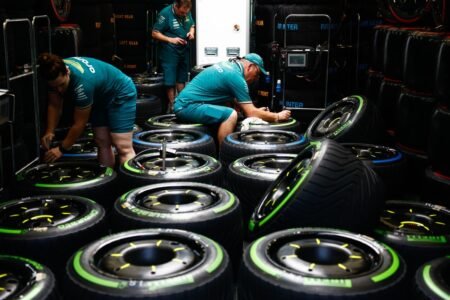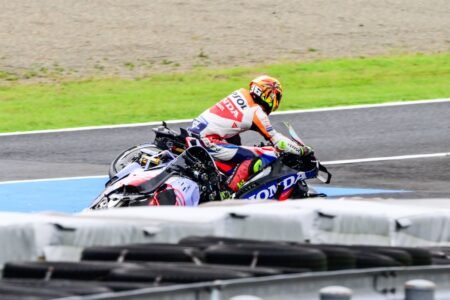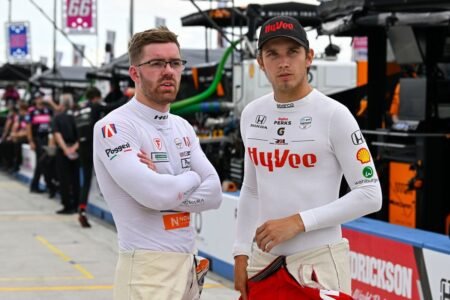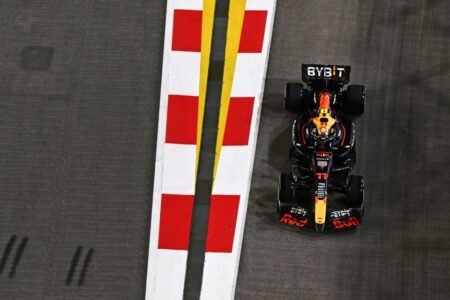In F1, there is a clear imbalance between men and women, more so than in many other sports.
Looking beyond F1 to other categories of motorsport, grids are just as male-dominated, just as journalists, race officials and team personnel are disproportionately male.
Women have played a small but determined part in F1 right from its origins, overcoming expectations and proving themselves against their male counterparts.
Here we take a look at the six women to have participated in an F1 race weekend, as well as considering what part the W Series could play in bringing more women into F1.
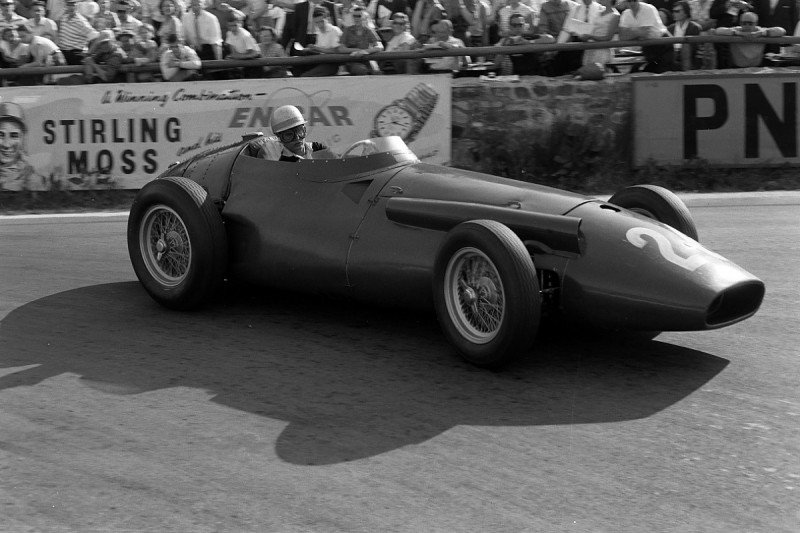
Maria Terese de Filippis
The first woman to take part in an F1 race, Maria Terese de Fillippis was very successful throughout the Italian national championships in various disciplines before gaining the support of five-time world champion Juan Manuel Fangio, who guided her through the next stages of her career.
In 1958 she had her best F1 finish, achieving 10th at Spa – the fastest circuit on the calendar at that time.
She was a fearless competitor, but that did not stop the director of the French Grand Prix barring her on the grounds of her gender.
Mechanical issues plagued the majority of her five world championship F1 appearances, but did nothing to hinder her reputation of a quick and competent racer.
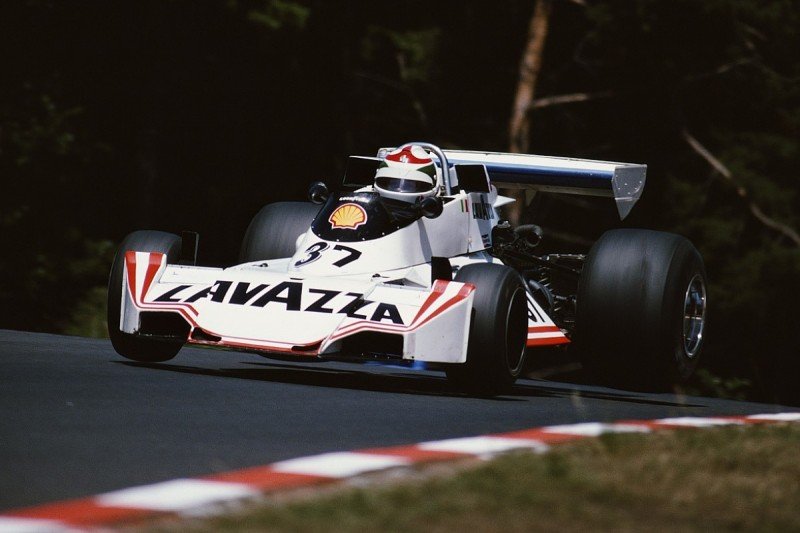
Lella Lombardi
Lella Lombardi is the woman with the most F1 races under her belt.
She entered 17 races between 1974 and 1976, qualifying for all but one of those 11 grands prix she entered with the March team in 1975.
At the Spanish Grand Prix, she became the only woman to win an F1 point (or, more accurately, half a point), finishing sixth at the Montjuic circuit in Barcelona.
The race was cut short after a Rolf Stommelen’s Hill plunged over the barriers into the crowd, killing five spectators, meaning only half points were awarded for the event.

Divina Galica
A year after first trying out motorsport, Divina Galica was participating in the British Grand Prix weekend in 1976.
Already retired from a career as an Olympic skier, Galica’s pursuit of speed led her to progress quickly from Formula Ford up to F1 level – although, in outdated machinery she failed to qualify for any of the three F1 World Championship events she participated in.
From there she moved into sports car and truck racing, and enjoyed podium success in British Formula One and Shellsport International seires, before eventually returning to skiing for her fourth winter Olympics in 1992.
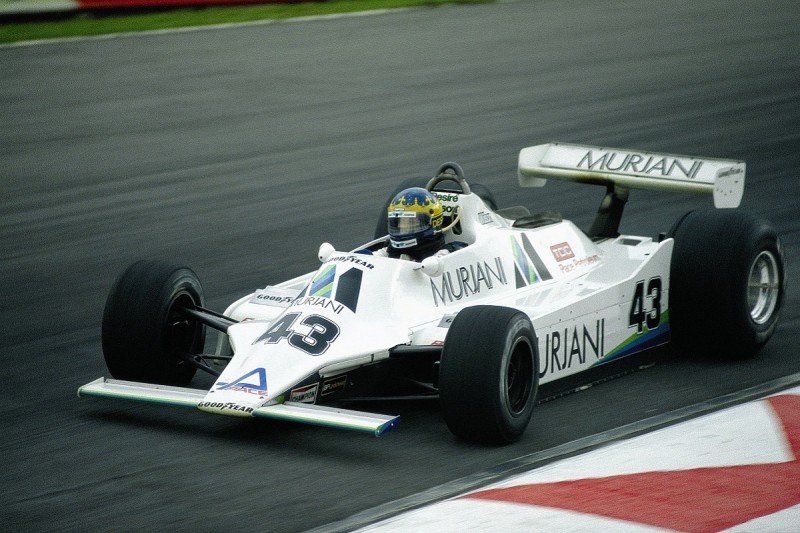
Desire Wilson
Desire Wilson never got to start an official F1 race, but was very successful racer who failed to qualify for the 1980 British Grand Prix at Brands Hatch by less than a second.
She fared much better in the 1981 non-championship F1 event in her native South Africa, fighting back well from a poor start before a mechanical issue forced her to retire.
The crowning glory of her career, however, came at the Brands Hatch Easter Monday round of the British F1 series, where she won by over 20 seconds to her nearest rival.
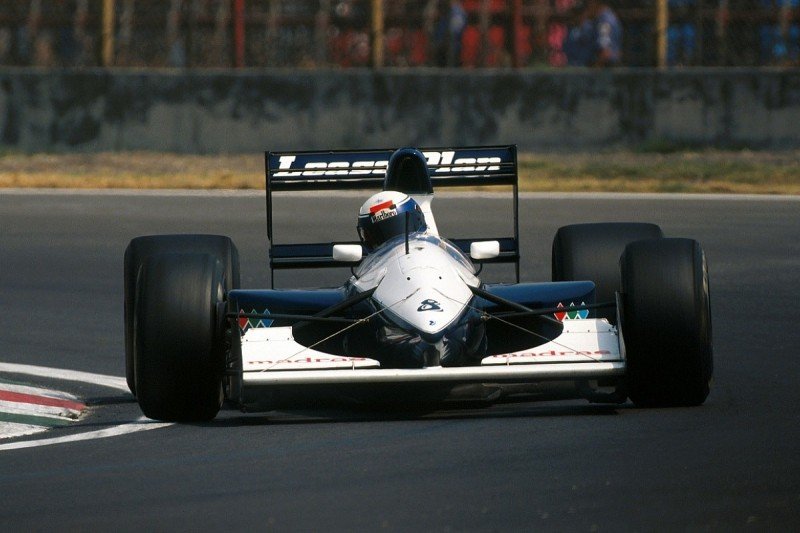
Giovanna Amati
Giovanna Amati spent the 1980s working her way up through Formula Abarth, Italian Formula 3 and Formula 3000 with varying levels of success.
However, her luck changed when Flavio Briatore arranged for her to test a Benetton F1 car at Donington, which eventually led to her signing for Brabham for the 1992 season.
Amati struggled in the uncompetitive BT60B car and failed to qualify for the first three races of the season in South Africa, Mexico and Brazil, before being replaced by Damon Hill.
She continued to race in various sports car series until her retirement in 2000.
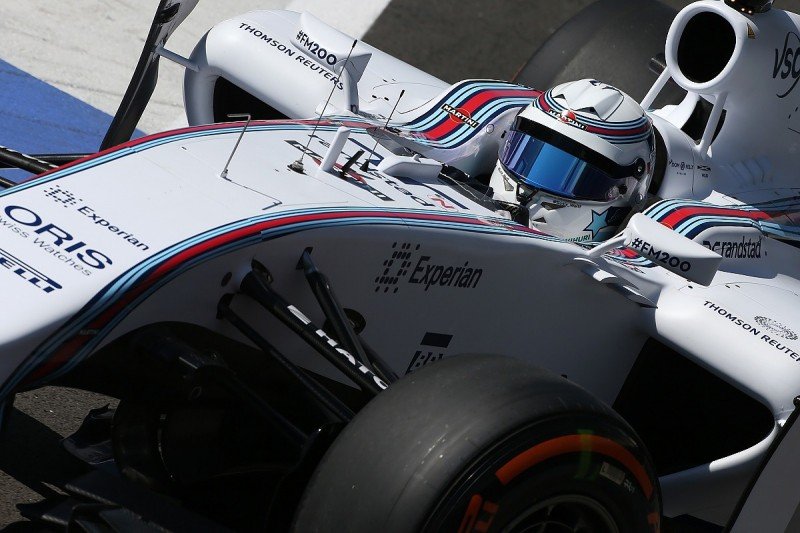
Susie Wolff
At the 2014 British Grand Prix, Susie Wolff became the first woman to participate in an F1 weekend for 22 years after entering first practice at Silverstone for Williams.
The outing only lasted a lap, however, as a mechanical issue forced her to stop on circuit. But she would get another FP1 outing at Hockenheim, in which she was 15th and just two tenths shy of 11th-placed Felipe Massa in the sister Williams.
She made two more appearances on track as the teams’ test driver in 2015 at the Spanish and British Grands Prix, before retiring to concentrate on the Dare to be Different initiative.
She has more recently been appointed team principal of the Venturi Formula E team.
Before her stint in F1, Wolff had spent six years in the DTM, achieving a best result of seventh on two occasions during the 2010 campaign.
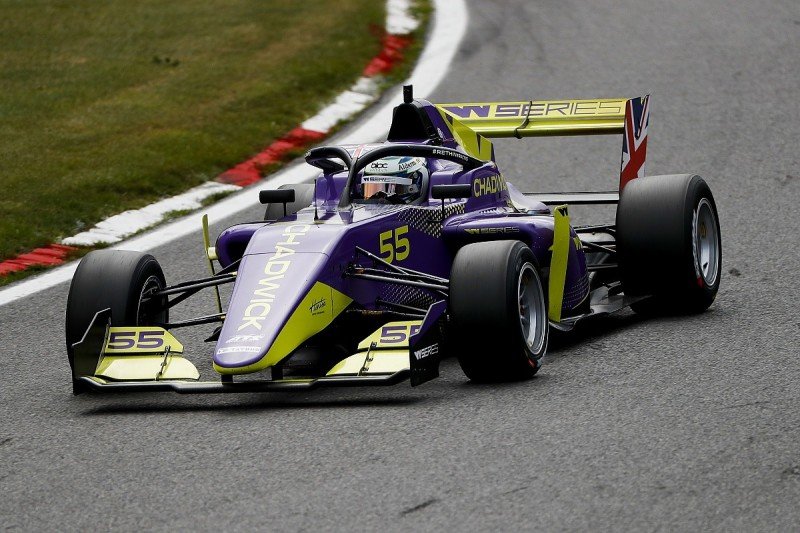
What was the W Series?
In 2019, W Series was launched as a way to showcase female talent and to provide an opportunity for potentially under-financed women to gain more racing experience.
Looking back on the inaugural season, these goals have been met reasonably successfully.
Series champion Jaime Chadwick has since joined Williams as a development driver, and the 21-year-old Brit has enjoyed a big boost to her profile.
Chadwick, alongside the second and third-placed drivers in the championship Beitske Visser and Alice Powell, was already an established presence in motorsport.
But for some of the less experienced drivers, the W Series has allowed them the opportunity to get their names out there.

The 19-year-old Marta Garcia came fourth in the championship after being dropped by the Renault F1 development programme in 2017 and being forced to spend 2018 on the sidelines.
She, alongside Fabienne Wohlwend and Emma Kimilainen among others, have drastically increased their profiles through their participation in the W Series, making finding sponsorship deals and therefore race seats easier.
It was hoped that the long-term effect of having female racing drivers visible in the mainstream media could inspire the young girls of today to be the racing drivers of tomorrow.
After four seasons, Formula One announced the introduction of F1 Academy – a series to coexist with W Series – working below the current series with five teams that have experience in F2 and F3. The future of the W Series remained uncertain heading into 2023 and by June of that year the series had gone into administration.
What effect could the F1 Academy have on women in F1?
F1 Academy became the sole female-only single-seater racing championship in 2023 after the W Series folded. The series was started with the aim to develop and help women to progress into higher levels of the competition including F2 and F1.
The series currently runs 15 cars on the grid which have been provided by the current F2 and F3 teams. The majority of the drivers are also supported by the current F1 teams, with each of the top-tier teams backing a driver. Each of the seven race weekends consists of two races – making for a 14-race calendar.
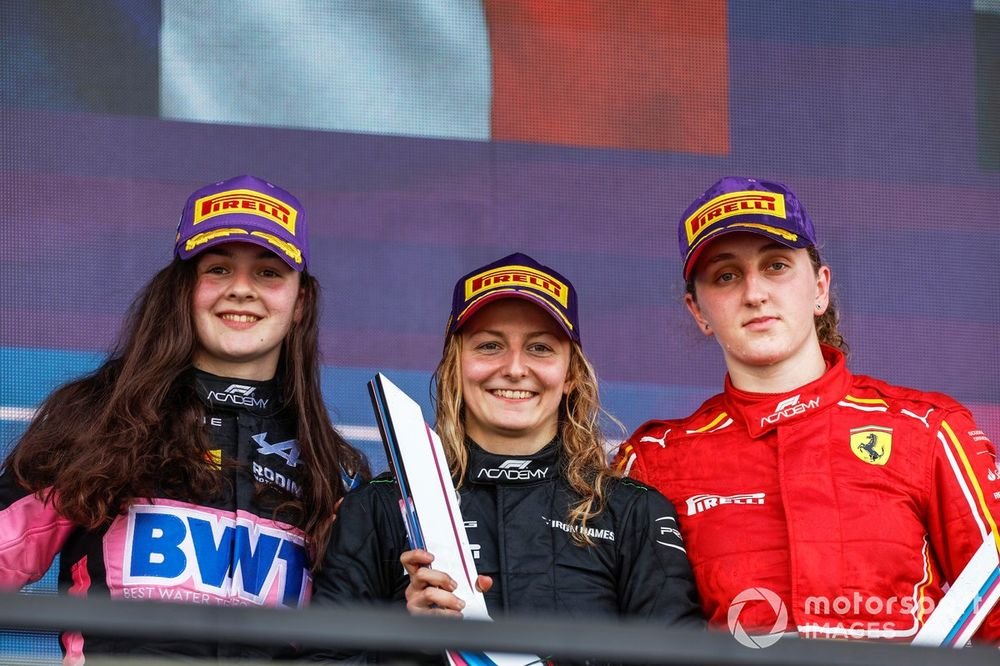
Podium: Race winner Doriane Pin, PREMA Racing, second place Abbi Pulling, Rodin Motorsport, third place Maya Weug, PREMA Racing
Photo by: Steven Tee / Motorsport Images
Each entry is subsided by Formula One Management with a budget of €150,000 per season, although drivers are required to match that amount. Management claimed that this “represents a fraction of the usual costs in a comparable series.”
Wolff became the managing director of F1 Academy and aims to have a woman start on the F1 grid by 2030. She has however also said that the series does not just exist to get women into Formula 1, but instead wants to increase the participation of women in the sport.
2023 champion Marta Garcia has since left the series to join the Formula Regional European Championship, receiving a fully funded seat with Prema Racing. She then later switched teams, joining the Iron Dames alongside F1 Academy driver and Mercedes Junior Doriane Pin, in the team’s debut season. Garcia also competes in GT Racing, participating in the Ligier European Series, where she has taken one win at the Circuit de Spa-Francorchamps.
Abbi Pulling – the 2024 championship leader – has taken seven wins out of the 10 races, with a further three podium finishes. The Alpine junior has also made history this year when she became the first female driver to win a British F4 race.
On 7 November 2024 a number of F1 Academy drivers will take part in an all-female Formula E test in Valencia. The line-up currently includes McLaren’s Bianca Bustamante, Haas’ Chloe Chambers and Tommy Hilfiger’s Nerea Marti, as well as other female drivers such as Alice Powell, Alisha Palmowski and Ella Lloyd.
Read the full article here


